Selective laser sintering, also known as SLS, is a 3D Printing technology that uses a laser selectively sinter the thermoplastic powder, fusing the powder together and building parts.
Selective Laser Sintering, also known as SLS, is one of the addictive manufacturing technologies that delivers solution to the rapid prototyping of functional parts. Distinguished from FDM or SLA 3D Printing, SLS 3D Printing produces parts with high accuracy and good mechanical properties, which means the parts are very close to end-use quality. SLS rapid prototyping is an ideal alternative to injection molding for producing parts cost-effectively, because SLS is being able to manufactures parts with complex shapes and various finishes in a shorter lead time and lower quantities. In this article, we will learn about the basic principles of selective laser sintering, how SLS 3D Printing works, the pros and cons of SLS 3D Printing.

Image Source: Formlabs
Selective Laser Sintering, as one of the earliest additive manufacturing technologies that developed in the mid-1980s. Laser sintering is categorized as powder bed fusion, a process by which thermal energy selectively fuses regions of a powder bed. There are two common powder bed fusion systems, one is plastic based which can be referred as SLS; and the other is metal based which is known as DMLS or SLM.
While SLS uses a high-power laser to sinter polymer/nonmetallic powders, fusing them together and building a solid object, layer by layer. SLS materials are granular thermoplastic polymers. Because of the printing conditions and materials, laser sintering 3D Printing is more complex than SLA and FDM. However, as innovations and attentions in the field has boosted recently, SLS is now applied to many industries. With the advantages of cost-effective, productive, and flexibility, SLS becomes the versatile solution for a wide range of applications, such as rapid prototyping, small batch, and custom manufacturing, etc.
The process of SLS prototyping can be generally divided into three parts, printing, cooling, and post-processing. Let’s begin with the printing process of laser sintering. Commonly, SLS 3D printers consists of a powder bin, a build platform, a powder recoating blade, a laser (could be CO2, diode or fiber), a set of galvanometers, a set of heaters, and a powder feeder.
Printing Process:
1. The powder bin and build chamber are pre-heated to a temperature that a little bit below the melting point of the printing materials. This step will make it easier for the laser to raise the temperature of selective regions as it will shapes and traces those regions until the solid object is built.
2. The recoating blade will disperse a thin layer of powder on the top of the build platform.
3. The laser scans the contour of next layer, heating and sintering the materials selectively to a temperature that just below or right at the melting point of the materials, which fuses the materials in old layer and new layer together mechanically.
4. The un-sintered powder supports the parts during the printing process, which means SLS doesn’t need dedicated support structures to create complex parts.
5. When a layer is scanned, the build platform lowers to a pre-set thickness and the recoating blade spreads a new layer of powder. The process keeps repeating until the soild part is built.
Cooling:
After printing, the build chamber needs to cool down before the printed parts can be unpacked. This makes sure that mechanical properties of parts are optimized and avoid warping. But it takes times, sometimes may up to 12 hours.
Post-processing:
Then the parts are ready to unpack from the build chamber. The next step is to clean the excess powder on the parts, while the powders can be recycled and reused in the next printing. The parts afterwards can be further post-processed by blasting, grinding, and painting, etc.

Image Source: Formlabs
Pros
1. Less material used. There is no need for additional or dedicated support structures to create parts with complex geometries.
2. Un-sintered powder can be recycled. This step is environmentally friendly and reducing cost.
3. Compared with SLA, post-processing is simpler because it only needs to clean the excess powder then can be move forwards to further post-processing if necessary.
4. As SLS can print multiple parts once, it is ideal for small manufacturing runs.
5. SLS can create high quality parts with good mechanical properties, high strength, and high toughness.
Cons
1. Compared with FDM, SLS printed parts cannot be used immediately after printing, and it takes a long time to cool down the parts.
2. Buying a SLS printer can be expensive.

Image Source: Protolabs
If you want to try SLS 3D Printing after learning its printing theory, pros and cons, but you don’t own a SLS printer or you may consider that buy a SLS printer is not the most cost-effective option. Wenext is here to help! We offer SLS 3D Printing service and deliver an experience as easy as online shopping. You can upload your 3D designs to instant quoting engine on our website, then you will have the quotation seamlessly, which saves your time waiting for someone to response. After receiving your designs, we will help you optimize the files to ensure successful printing. With massive manufacturing capacity, we are being able to deliver the products in a short lead time. Wenext is here to deliver the best SLS printed parts and services to you at any time! Please feel free to try instant quoting on our website or contact us hello@wenext.com if you are interested.
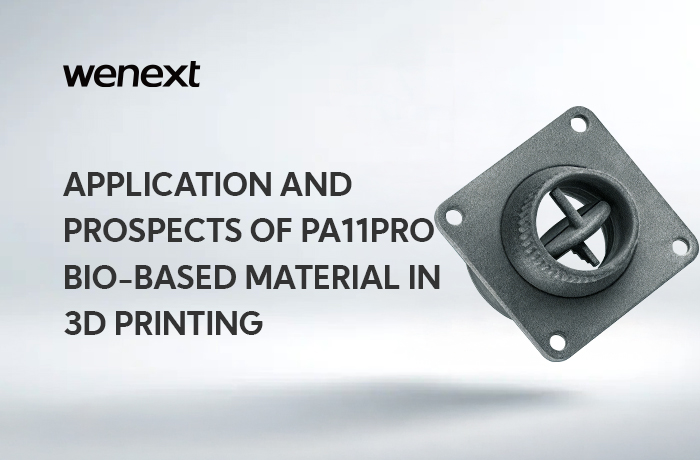
WeNext systematically elaborates on the relevant performance characteristics of Future PA11Pro, shares the material's application in 3D printing, and compares its performance differences with PA12 material, providing a reference for printing material selection and development applications.
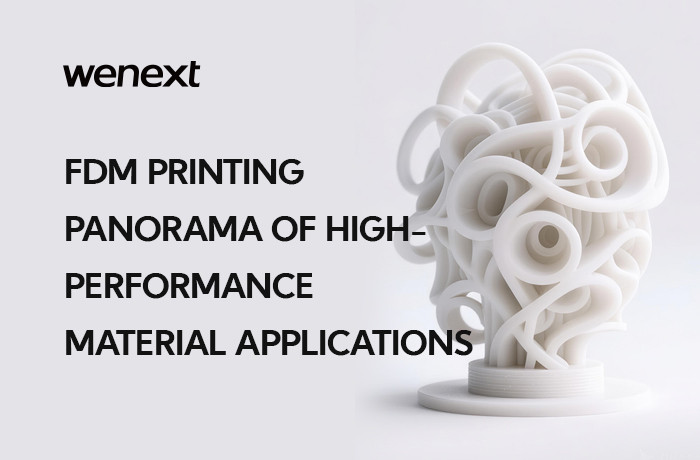
WeNext's new generation of FDM materials are continuously being launched. Industrial-grade FDM printing production solutions effectively assist manufacturing across various industries in achieving performance breakthroughs and functional integration.
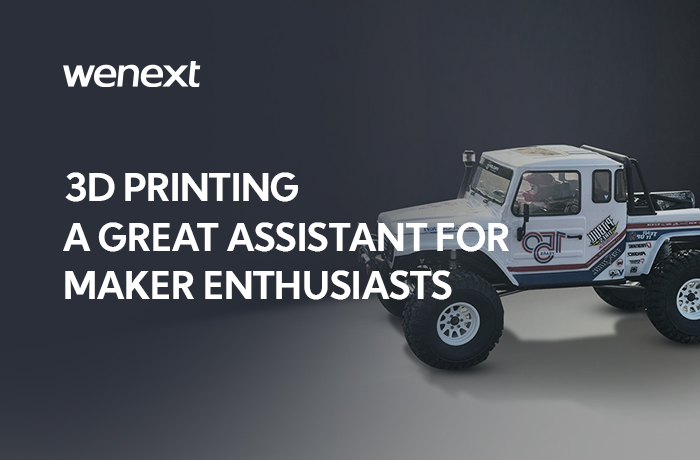
How to build a movie camera yourself using 3D printing technology? How to perfectly replicate model car parts? WeNext, the great assistant for maker enthusiasts, tells you the answer!
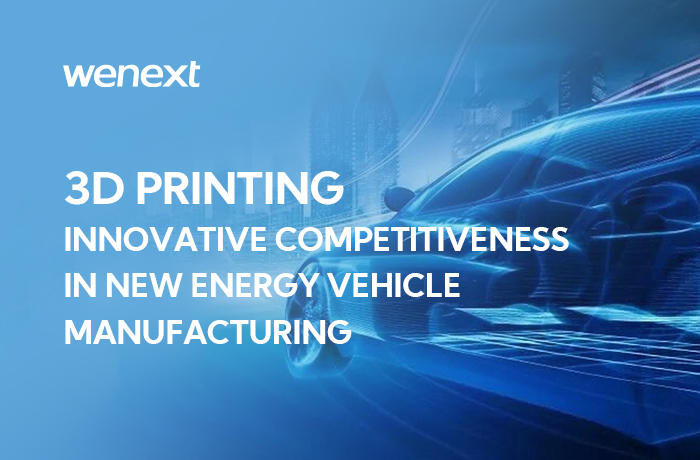
3D printing has become a key technological pillar for the new energy vehicle industry to achieve lightweighting, intelligence, and sustainable development, bringing fresh competitiveness to the sector's advancement.

WeNext systematically elaborates on the relevant performance characteristics of Future PA11Pro, shares the material's application in 3D printing, and compares its performance differences with PA12 material, providing a reference for printing material selection and development applications.

WeNext's new generation of FDM materials are continuously being launched. Industrial-grade FDM printing production solutions effectively assist manufacturing across various industries in achieving performance breakthroughs and functional integration.

How to build a movie camera yourself using 3D printing technology? How to perfectly replicate model car parts? WeNext, the great assistant for maker enthusiasts, tells you the answer!

3D printing has become a key technological pillar for the new energy vehicle industry to achieve lightweighting, intelligence, and sustainable development, bringing fresh competitiveness to the sector's advancement.
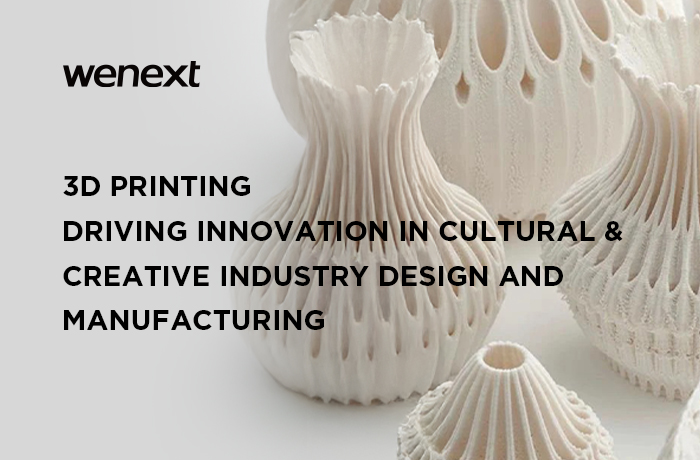
3D printing technology is reshaping the landscape of the cultural and creative industries in application scenarios such as customized cultural product creation, film & TV IP derivative development, and game merchandise production.
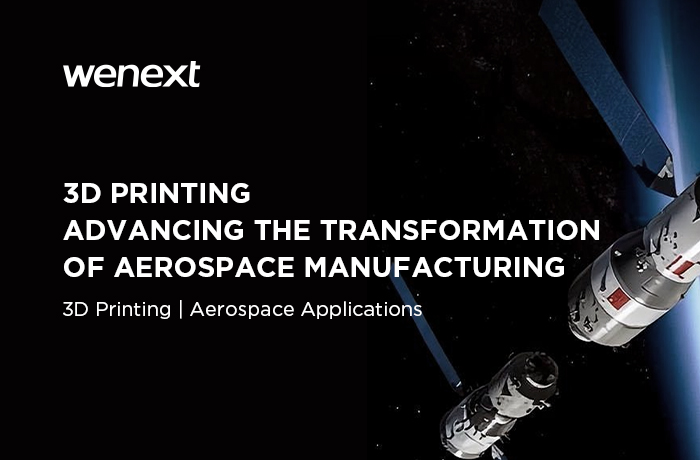
3D printing technology has become a key force driving the advancement of manufacturing in the aerospace sector.
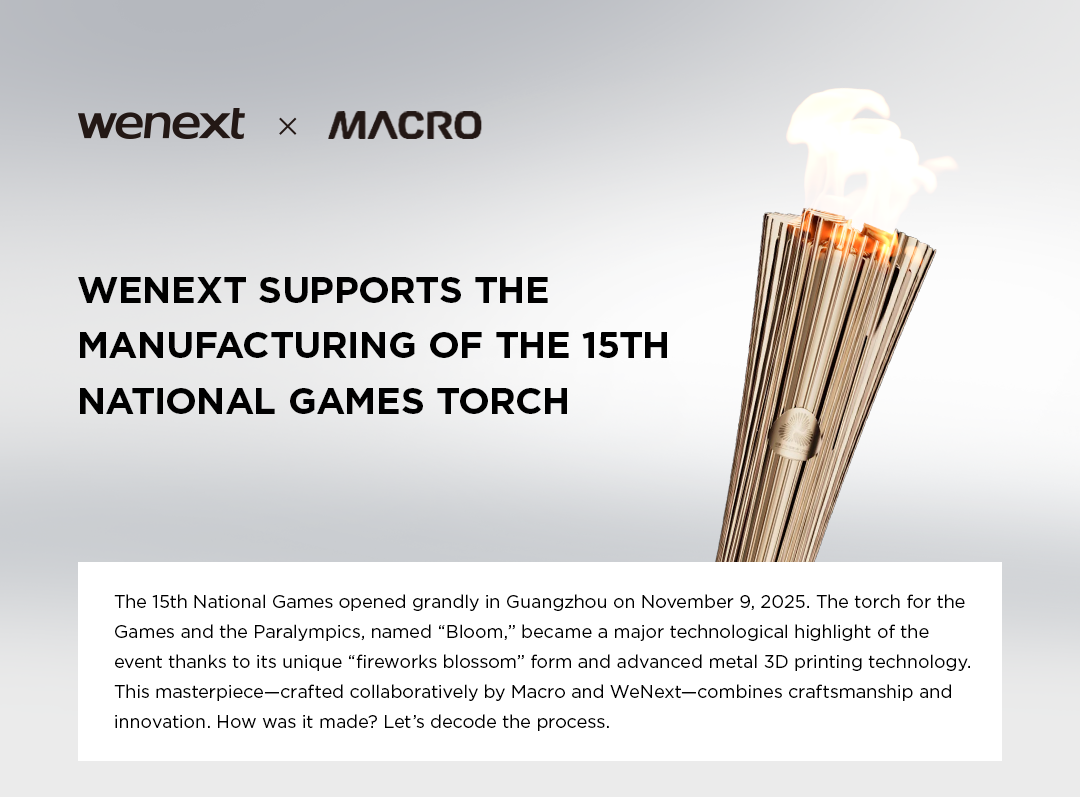
Decoding the manufacturing journey of the “Bloom” torch for the 15th National Games, WeNext broke through the bottlenecks of traditional processes through metal 3D printing technology, transforming Macro’s design concept into reality.
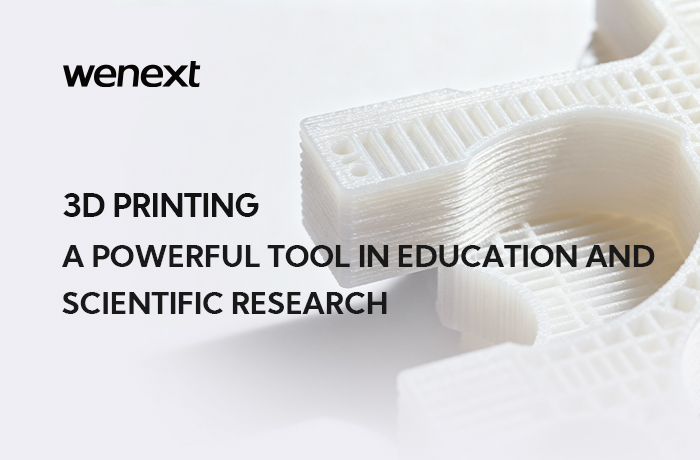
Wenext offers one-stop solutions ranging from rapid prototyping to professional-grade part manufacturing, providing efficient, specialized, and easily accessible manufacturing support for education and scientific research
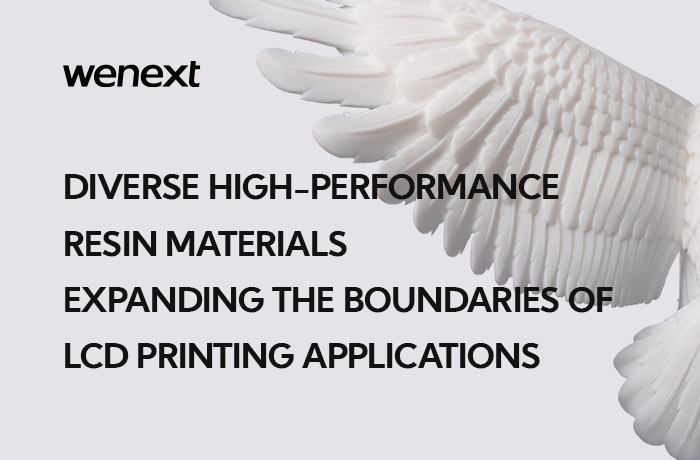
Wenext launches an LCD printing materials application feature, interpreting the unique properties of diverse high-performance printing materials to provide reference for customers in material selection and application for LCD printing.
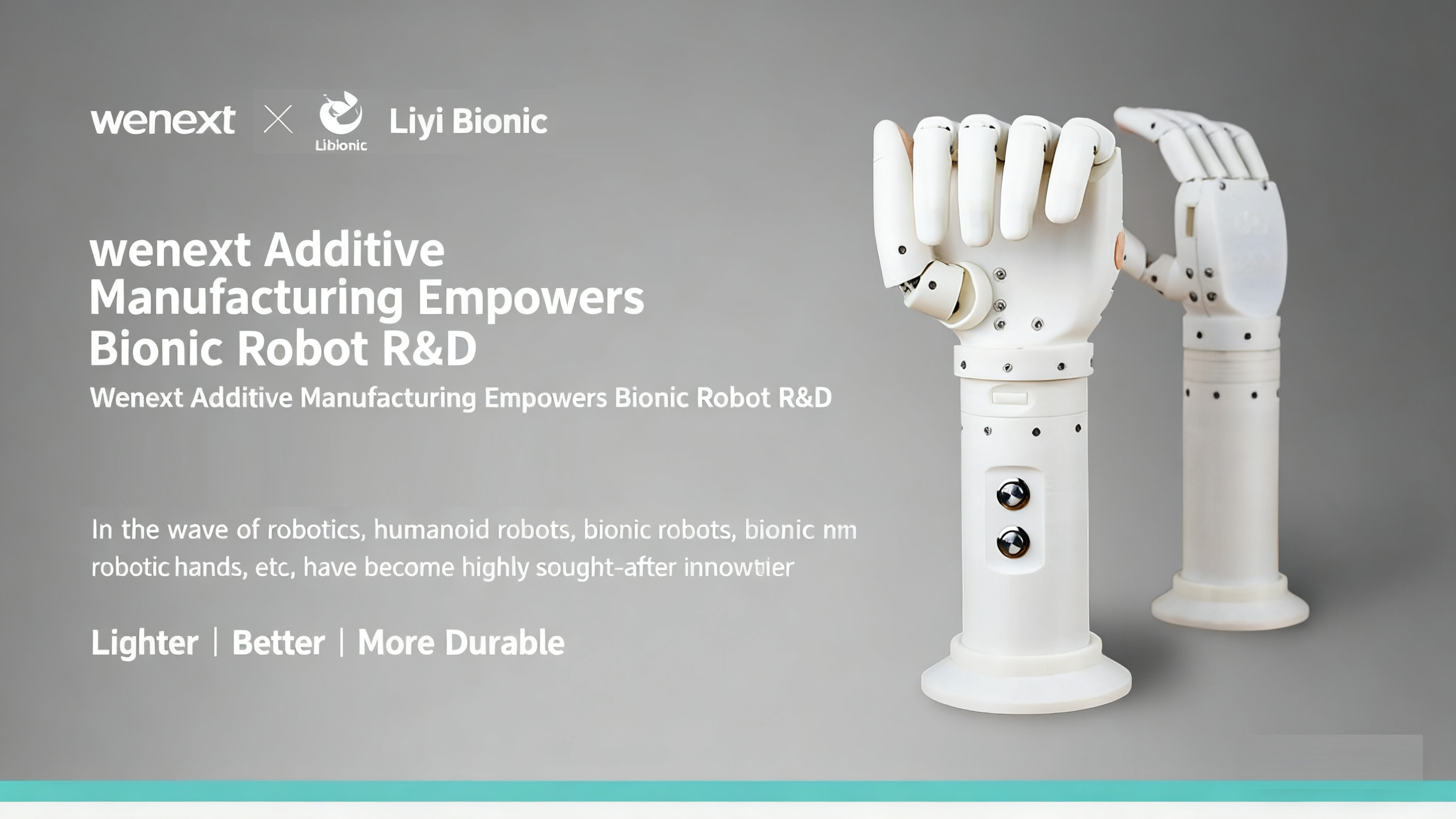
Wenext and Liyi Bionics join hands and, with 3D printing technology as the core manufacturing approach, create a completely new paradigm for the research, development, and mass production of mechanical bionic hands.
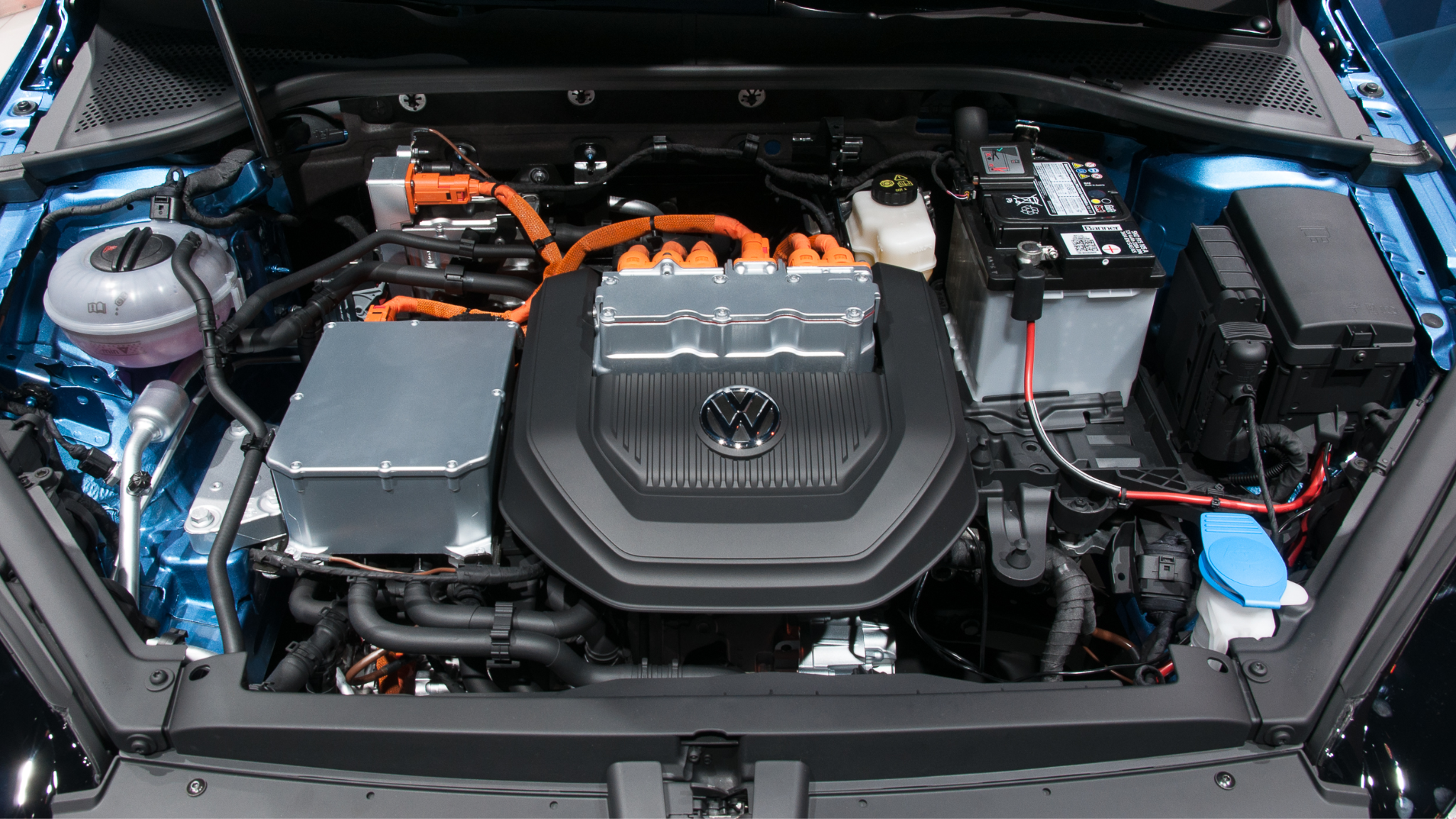
The integration of 3D printing has not only sped up the design process but also introduced unprecedented flexibility and innovation into the automotive industry
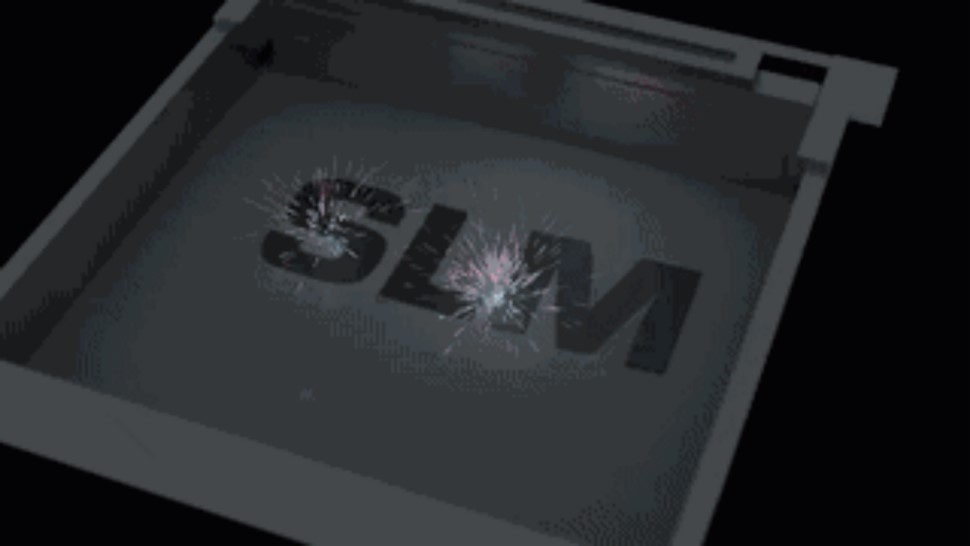
With its unique advantages, SLM metal 3D printing has emerged as a solution for manufacturing intricate metal structural components.

©2019-2025 WeNext Technology Co., Ltd. All Rights Reserved.
This website uses cookies for better personalized services. By using our websites, you agree to this use. Privacy Policy
We use cookies to improve your experience, check out Privacy Policyy.